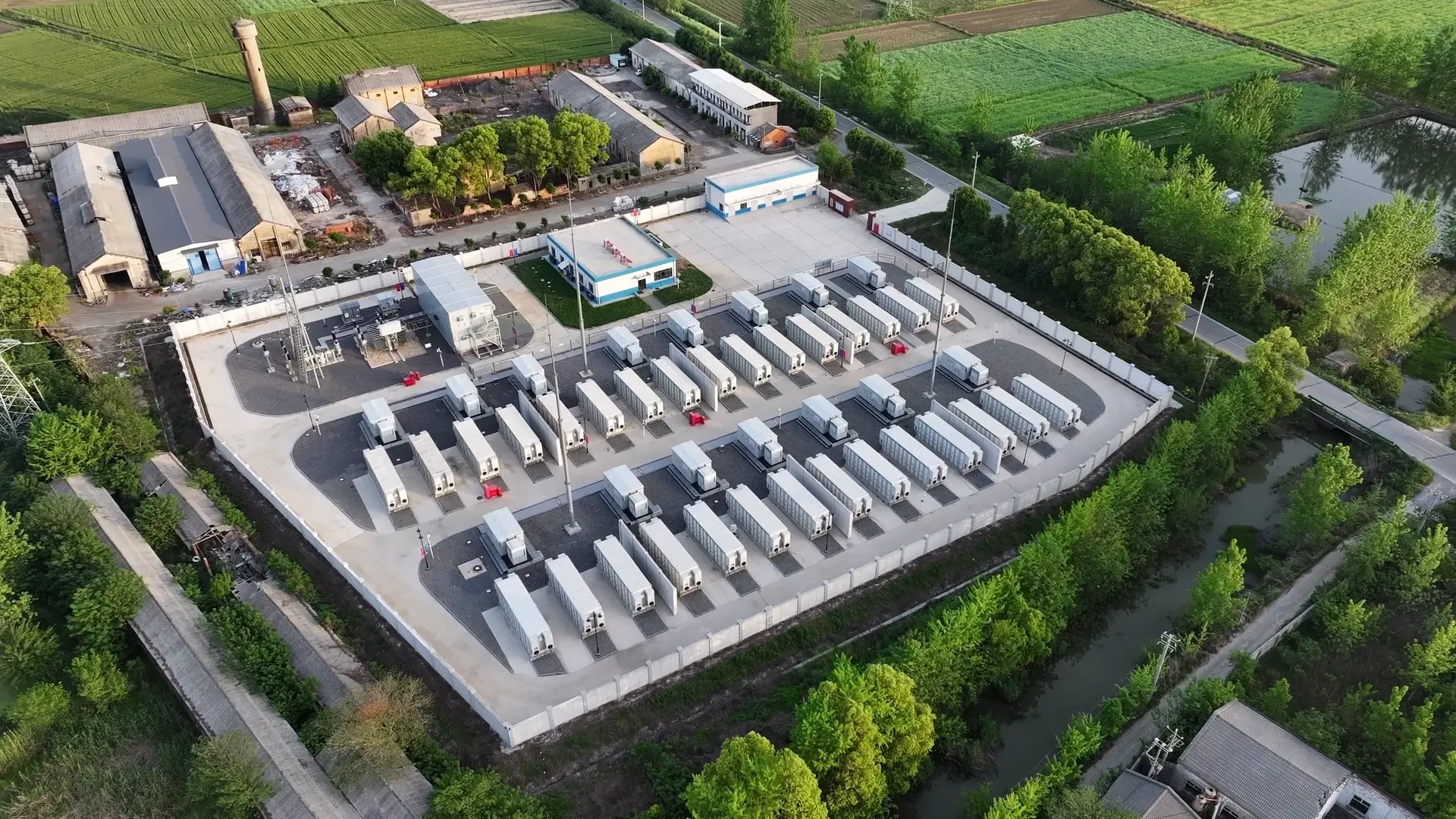Telecom batteries in the 5G era play a vital role in mobile networks, providing stable and reliable power to ensure continuous connectivity and support higher energy demands. However, their performance does not depend only on design and capacity, it is also shaped by external conditions. Among these, temperature plays a particularly critical role.
Extreme heat or cold can cause serious problems for batteries, from reducing their backup time to shortening their overall life. In this article, we’ll explain how temperature affects batteries for telecommunications, why different battery chemistries respond differently, and most importantly, how operators can prevent failures in harsh environments.
How Extreme Heat and Cold Affect Telecom Battery Performance
Batteries are highly sensitive to the environment in which they operate. Temperature directly affects the chemical reactions inside the battery, which determine how well it can store and deliver energy.
High Temperatures
In hot climates, the chemical reactions inside batteries happen faster. While this increases activity temporarily, it also accelerates the battery’s aging process. High heat can cause the battery to self-discharge more quickly, damage internal components, and reduce overall lifespan. If temperature is not properly managed, the battery life can be cut by half, leading to more frequent replacements and higher maintenance costs.
Low Temperatures
Cold weather slows down the chemical reactions inside a battery. This reduces the battery’s capacity and increases internal resistance, which makes it harder to deliver power when needed. As a result, batteries in low-temperature environments may not provide enough backup energy during outages. This can put telecom sites at risk of downtime and service interruptions.
Differences Between Lead-Acid and Lithium Batteries
Not all telecom power batteries react to temperature in the same way. The type of battery chemistry determines how well it can handle hot or cold environments.
Lead-Acid Batteries
Lead-acid batteries are commonly used in telecom applications because they are reliable and cost-effective. However, they are sensitive to temperature changes. High temperatures can shorten their lifespan, while extreme cold can reduce their capacity and affect performance.
Lithium Batteries
Lithium batteries generally handle high temperatures better and can last longer than lead-acid batteries under similar conditions. However, in extremely cold environments, they may temporarily shut down to protect themselves, which can limit their performance if no heating or thermal management is in place.Understanding the differences between battery types helps operators choose the right solution for their environment and maintain reliable network performance.
Common Failures Caused by Harsh Temperatures
Telecom power batteries are designed to provide reliable backup power, but their performance can decline quickly when they are exposed to extreme hot or cold conditions. Harsh temperatures affect both the chemistry inside the battery and the physical components, leading to several common problems:
1. Reduced Backup Capacity
In extreme heat or cold, batteries may not deliver their rated capacity. This means that during a power outage, they cannot provide enough backup time to keep telecom equipment running. As a result, networks face a higher risk of downtime and service interruptions.
2. Shortened Lifespan
High temperatures accelerate chemical reactions inside the battery, which speeds up aging. A battery that should last for several years may need replacement much sooner if operated in hot environments without proper cooling.
3. Unexpected Shutdowns
In very low or very high temperatures, batteries may stop working suddenly. Lithium batteries, for example, can shut down automatically in extremely cold weather to protect themselves, while lead-acid batteries may fail under overheating. Such shutdowns can cause unexpected service disruptions.
4. Higher Maintenance Costs
Frequent failures, reduced capacity, and early replacements all contribute to higher maintenance costs. Operators must spend more time and resources on inspections, repairs, and replacements, increasing the total cost of ownership. Managing these risks is essential for ensuring stable and cost-effective operation of telecom networks in challenging environments.
How to Prevent Telecom Battery Failures
Failures caused by extreme temperatures can be avoided with proper strategies:
1. Choose Temperature-Resistant Batteries
Select batteries designed to handle hot or cold climates. High-temperature lead-acid or lithium batteries are suitable for harsh conditions.
2. Use Thermal Management Systems
Proper cooling, ventilation, or heating helps keep battery temperatures within a safe range.
3. Adopt Remote Monitoring with IoT
Smart telecom batteries with monitoring systems can track temperature, battery health, and charge levels in real-time. Operators can take action before a problem occurs.
4. Perform Regular Maintenance
Routine inspections and predictive maintenance help identify early signs of aging or stress, reducing the risk of unexpected failures.
Conclusion
Temperature plays a critical role in how telecom batteries perform and how long they last. Extreme heat and cold can damage batteries, but with the right chemistry, proper thermal management, and smart monitoring, operators can ensure stable power for telecom networks in any environment.
Want to learn more about smart telecom batteries that can adapt to wide range of temperatures? Explore our full range of telecom battery solutions.




























 2025-09-15
2025-09-15 Name
Name Tel
Tel Email
Email Country
Country Company
Company Information
Information